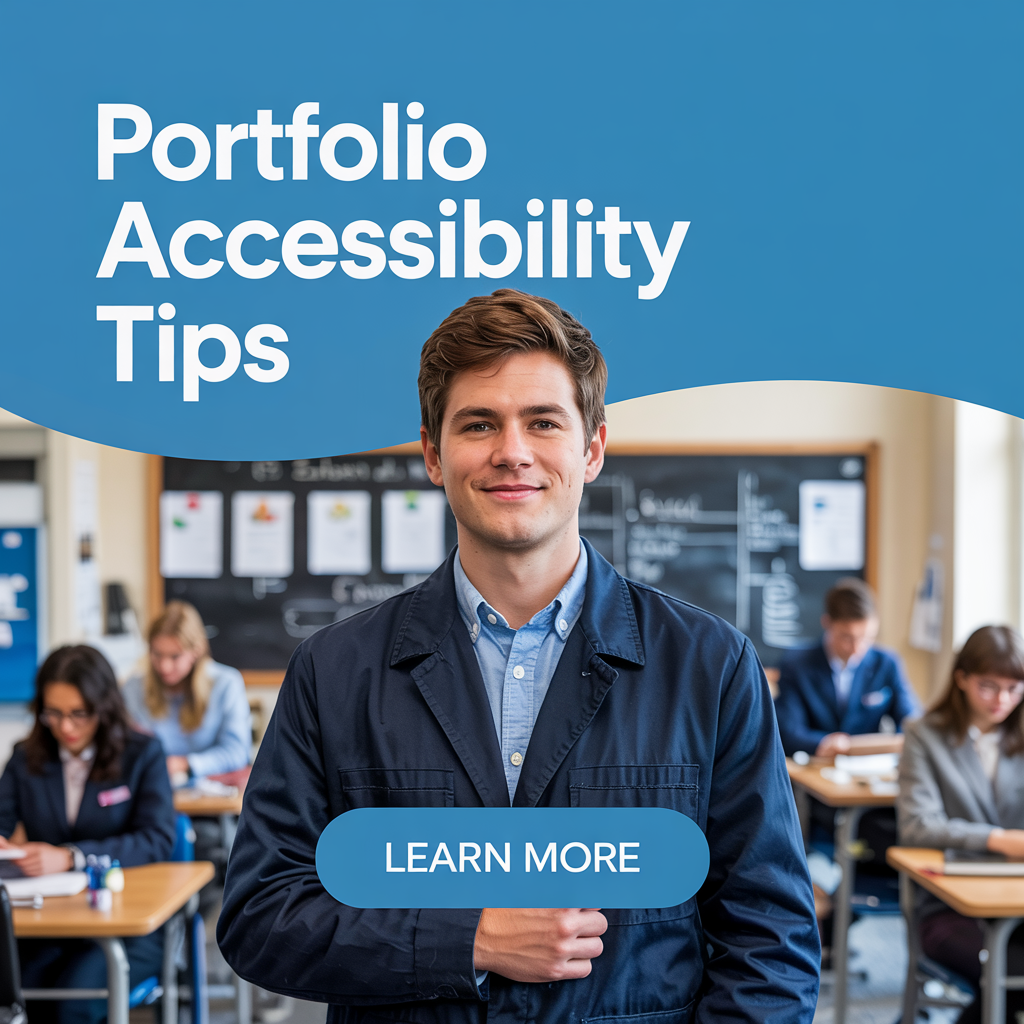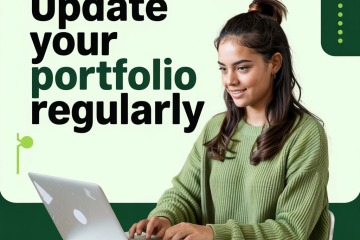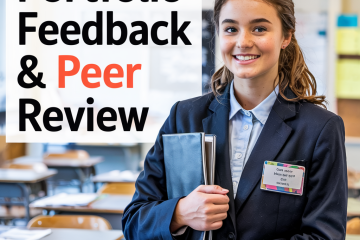Accessibility Matters: Making Your Digital Portfolio User-Friendly for Everyone

You’ve worked hard building your digital portfolio to showcase your skills and projects. But have you thought about whether everyone can easily access and understand it? Making your portfolio accessible means designing it so people with disabilities can use it too. Good portfolio accessibility isn’t just a nice-to-have; it’s about inclusivity and often leads to a better experience for all users. Let’s cover some simple web accessibility basics. You can build an accessible portfolio and showcase your skills effectively on platforms like Cirkled in.
What is Digital Accessibility and Why Does it Matter?
Digital accessibility means that websites, tools, and technologies are designed and developed so that people with disabilities can use them. This includes people with visual, auditory, motor, or cognitive impairments.
Why care about this for your portfolio?
- Inclusivity: It ensures everyone, including admission officers or recruiters with disabilities, can access your information.
- Wider Audience: Accessible design often improves usability for all visitors, like those on mobile devices or with slow internet.
- Demonstrates Empathy: Shows you are thoughtful and considerate – valuable traits.
- Good Practice: It’s becoming increasingly expected and sometimes legally required for professional websites.
Making a user-friendly portfolio means making it accessible. Consider using platforms like Cirkled in that offer features to help you create an accessible online presence.
Simple Steps to Improve Your Portfolio Accessibility
You don’t need to be an expert coder to make big improvements. Many portfolio platforms (like Wix, Squarespace, Google Sites) have built-in features, but you still need to use them correctly. Here are key accessible design tips:
Use Alt Text for Images
Alternative text (alt text) is a short written description of an image. Screen readers (used by people with visual impairments) read this text aloud.
- How: When you upload an image to your portfolio site, look for an “alt text,” “alternative text,” or “description” field.
- What to write: Describe the image concisely and accurately. What is its purpose? (e.g., “Headshot of [Your Name]”, “Screenshot of my website homepage design”, “Bar chart showing project survey results”).
- Decorative Images: If an image is purely decorative and adds no information, you can sometimes mark it as decorative or leave the alt text blank (check platform guides). Using alt text for images portfolio-wide is crucial.
Choose Clear Fonts and Sensible Sizes
- Fonts: Stick to simple, easy-to-read fonts (like Arial, Verdana, Calibri, Open Sans). Avoid overly decorative or script fonts for body text.
- Size: Use a reasonable base font size (at least 16px is often recommended for body text). Ensure text can be resized by the user’s browser.
Ensure Good Color Contrast
Text should stand out clearly against its background. Low contrast (like light gray text on a white background, or medium blue on dark blue) can be very hard to read, especially for people with visual impairments.
- How: Use online contrast checker tools (search “color contrast checker”) to test your text and background color combinations. Aim for WCAG AA level compliance at minimum.
Use Descriptive Links
Instead of using link text like “Click Here” or “Learn More,” make the link text itself describe where the link goes.
- Instead of: “Click Here to see my project.”
- Use: “View my [Project Name] project report (PDF).” or “Visit my GitHub profile.”
Organize Content with Headings
Use proper heading structure (H1 for the main page title, H2 for main sections, H3 for subsections). This helps screen reader users navigate the page content logically. Don’t just make text bold or larger to look like a heading – use the actual heading formatting options in your portfolio builder.
Make Sure Videos Have Captions (If Applicable)
If you include videos with spoken content, provide accurate captions. This benefits people who are deaf or hard of hearing, as well as those watching in noisy environments or without sound. Many video hosting platforms (like YouTube) offer automatic captioning tools (review them for accuracy).
Test Keyboard Navigation
Can you navigate through all the clickable elements (links, buttons) on your portfolio using only the Tab key on your keyboard? You should be able to see a visible focus indicator (like an outline) showing where you are.
Accessibility is Good Design for Everyone
Many accessibility best practices simply lead to a cleaner, more organized, and easier-to-use site for everyone. Clear fonts, good contrast, and logical structure benefit all visitors. Thinking about portfolio accessibility improves the overall quality.
Tools to Help You Check Accessibility
Many tools can help you identify potential issues:
- WebAIM WAVE: A popular browser extension that evaluates accessibility.
- Built-in Browser Tools: Most web browsers have developer tools that include accessibility checkers.
- Platform Features: Explore the accessibility options and guides provided by your portfolio website builder.
Final Thought: Build an Inclusive Portfolio
Taking a few simple steps to improve your portfolio accessibility demonstrates professionalism, empathy, and good design sense. By using alt text, choosing clear fonts and colors, structuring content well, and using descriptive links, you create a user-friendly portfolio that welcomes everyone. Make accessibility part of your building process from the start.
Need more tips on college applications, scholarships, or just how to survive this whole process? Cirkled In has your back—check out Cirkled In resources to help you through every step of your college journey!
Check out Cirkled In and start owning your future today!



2 Comments
Kentuky · September 21, 2025 at 12:27 am
perfect
Amy S · September 24, 2025 at 10:34 am
Love to hear that, Ken! 🙌 Thanks for checking it out—accessibility really is a game-changer.